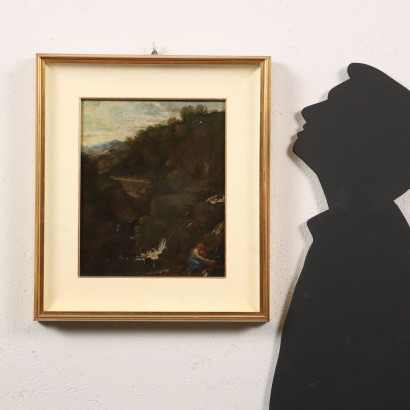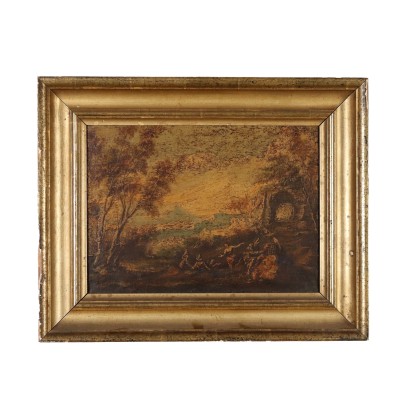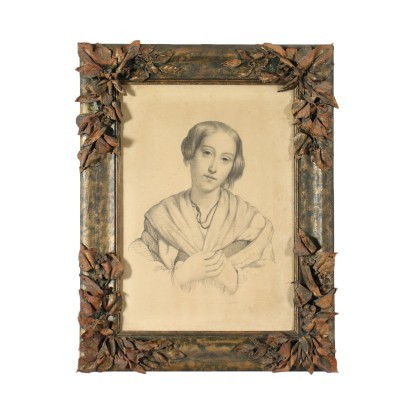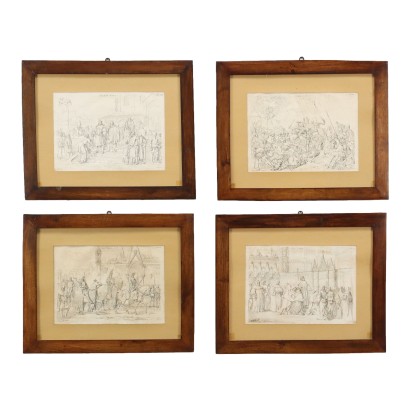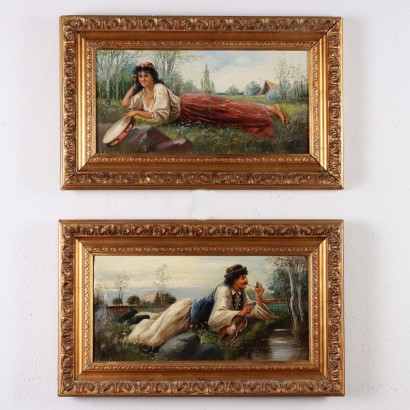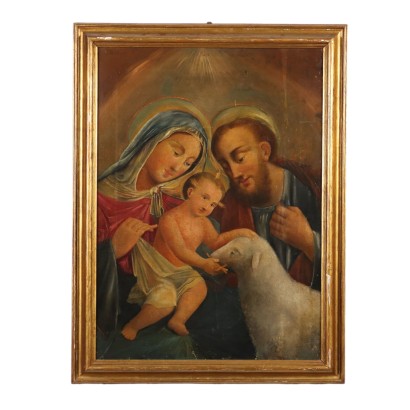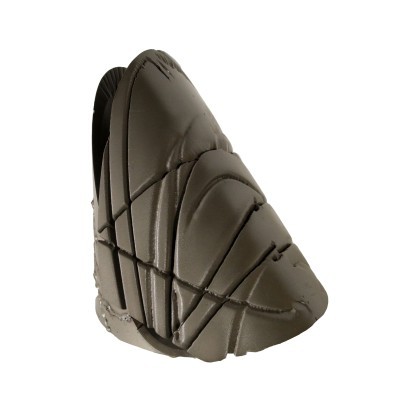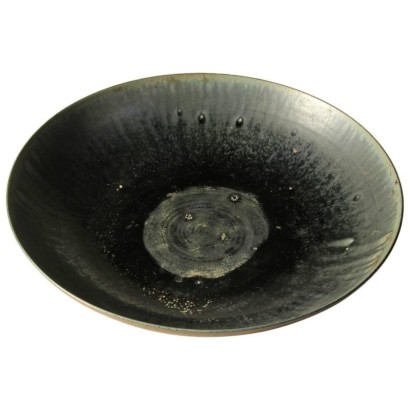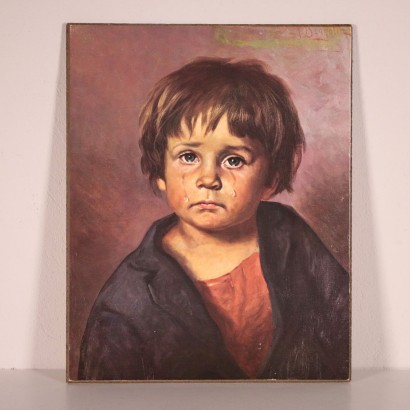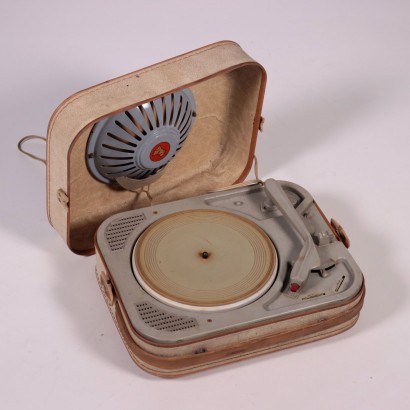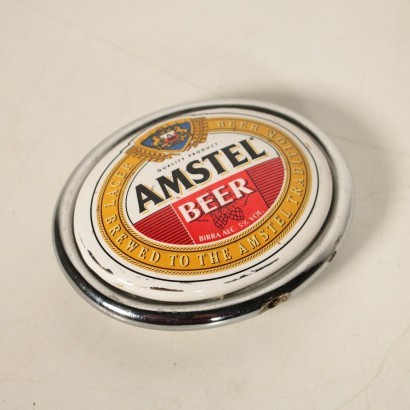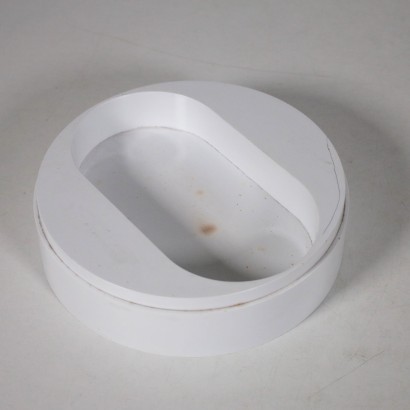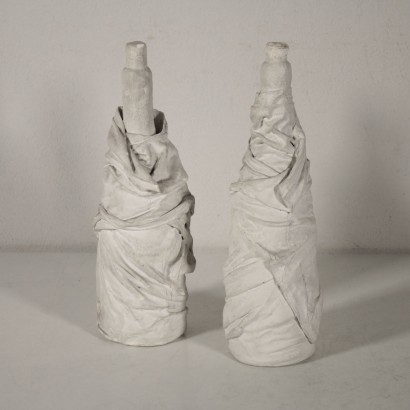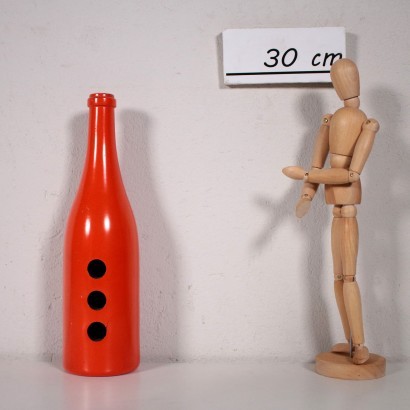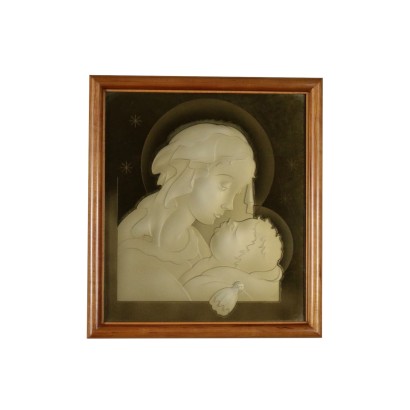Ancient Painting Penitent Magdalene '700 Painting Oil on Canvas
Features
Artwork title: Maddalena penitente in paesaggio
Age: 19th Century / 1801 - 1900 , 18th Century / 1701 - 1800
Subject: Figures of Saints
Artistic technique: Painting
Technical specification: Oil on Canvas
Description : Maddalena penitente in paesaggio
Oil painting on canvas. Magdalene, recognizable by her long hair, scantily dressed clothes and prayerful attitude, is placed in the lower right corner of a large landscape, at the mouth of the cave where the saint lived in penance. The landscape is Nordic in type, with a stream flowing between the rocks of a valley surmounted by wooded hills; in the distance the blue peaks of the mountains, under the leaden sky. On the back of the stretcher there is a pencil writing with attribution to Nicolas Poussin the French classicist painter of the seventeenth century, who was a model and example for those who wanted to follow the same stylistic orientation. Restored and relined, the painting is presented in a period frame.
Product Condition:
Product in good condition, shows small signs of wear. We try to present the real state as fully as possible with photos. If some details are not clear from the photos, what is reported in the description will prevail.
Frame Size (cm):
Height: 50,5
Width: 44,5
Depth: 5,5
Artwork dimensions (cm):
Height: 35
Width: 49




